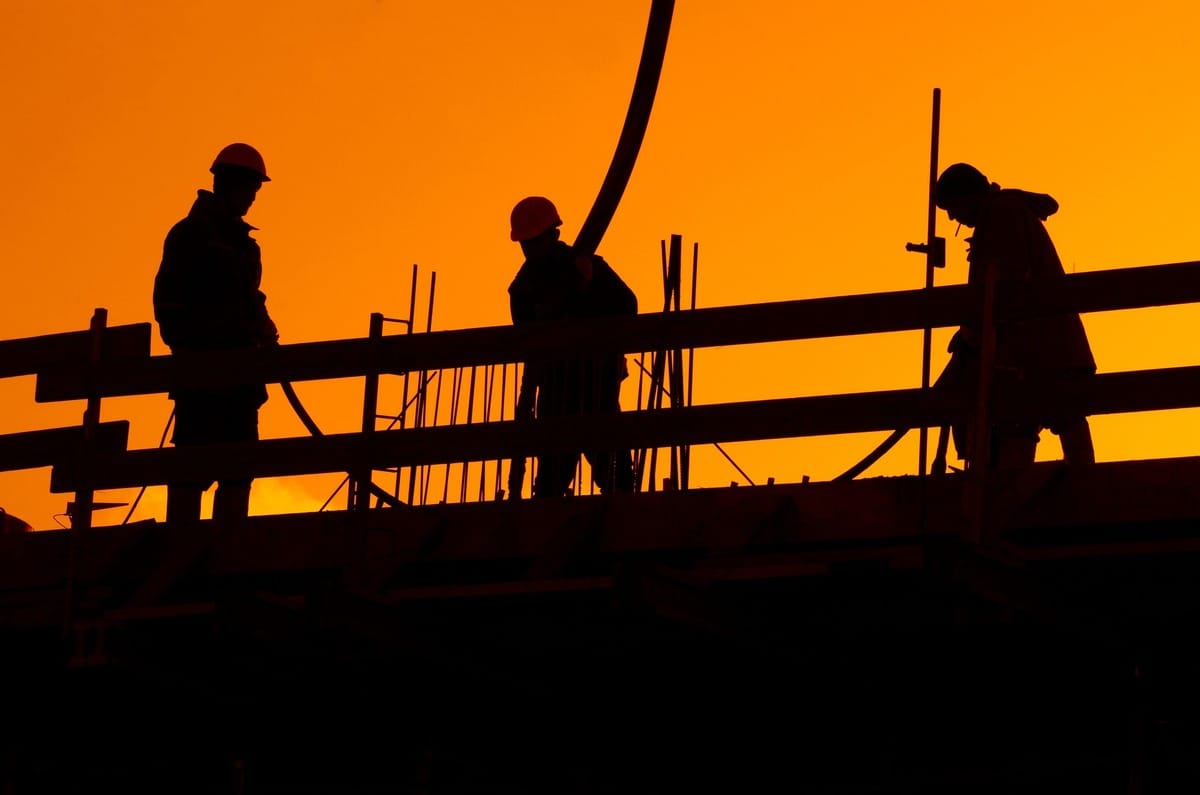- Full Brim Safety
- Posts
- Choosing the Right Ladder and Your Pre-Use Inspection
Choosing the Right Ladder and Your Pre-Use Inspection
Full Brim Safety: Build Smart, Build Safe

Choosing the Right Ladder and Your Pre-Use Inspection
Welcome back, let's Build Smart & Build Safe! Yesterday, we introduced the critical importance of ladder safety and why falls happen. Today, we're focusing on the foundational steps before you ever set foot on a rung: choosing the correct ladder for the job and performing a thorough pre-use inspection.
These two steps are non-negotiable. Using the wrong ladder or a damaged one is an invitation for an accident.
1. Choosing the Right Ladder: Match the Tool to the Task
Selecting the right ladder isn't just about length; it's about matching the ladder's capabilities to your specific needs:
Length:
Extension Ladders: When extended, the ladder must reach at least 3 feet above the upper landing or support point it's leaning against. This provides a safe grab point for stepping on and off.
Stepladders: Ensure the ladder is tall enough so you don't have to stand on the top cap or the very top steps. Your feet should be on a rung or step, not the ultimate top.
Duty Rating (Weight Capacity): Ladders are rated to support a maximum load, which includes your weight, your tools, and any materials you're carrying.
Type III (Light Duty): Up to 200 lbs (not typically for construction).
Type II (Medium Duty): Up to 225 lbs.
Type I (Heavy Duty): Up to 250 lbs.
Type IA (Extra Heavy Duty): Up to 300 lbs (common on construction sites).
Type IAA (Extra Heavy Duty): Up to 375 lbs (heavy industrial use).
Always select a ladder with a duty rating that exceeds your total anticipated weight.
Material (Conductivity):
Fiberglass: Non-conductive when clean and dry. This is the only safe choice for work near energized electrical equipment or power lines.
Aluminum/Metal: Conductive. Never use metal ladders near electrical hazards. They are lighter but pose a severe electrocution risk.
Wood: Can be conductive when wet or dirty. Requires careful inspection for splinters, rot, and stability.
2. The Essential Pre-Use Inspection: Check BEFORE You Climb!
Every single time you use a ladder, perform a quick but thorough inspection. A damaged ladder must be immediately tagged "DO NOT USE" and removed from service.
Rungs/Steps: Check for cracks, bends, looseness, or missing rungs. Ensure they are clean and free of mud, grease, or paint.
Side Rails: Look for cracks, splinters, dents, bends, or corrosion. Ensure they are straight and undamaged.
Ladder Feet/Shoes: Are they present, in good condition, and gripping properly? They prevent slipping.
Spreader Bars (Stepladders): Are they fully extended and locked into place? Never use a stepladder if these aren't engaged.
Ropes/Pulleys (Extension Ladders): Check for fraying, cuts, or proper function.
Labels: Verify duty rating and safety instructions are visible and legible.
General Condition: Look for any signs of damage, missing parts, or makeshift repairs.
By taking the time to select the right ladder and inspect it before every use, you're building a strong foundation for your safety at height. Tomorrow, we'll talk about getting that ladder set up safely and stably.
Don't forget to sign your friends up for Full Brim Safety for your daily dose of construction safety tips!
-The Safety Man
